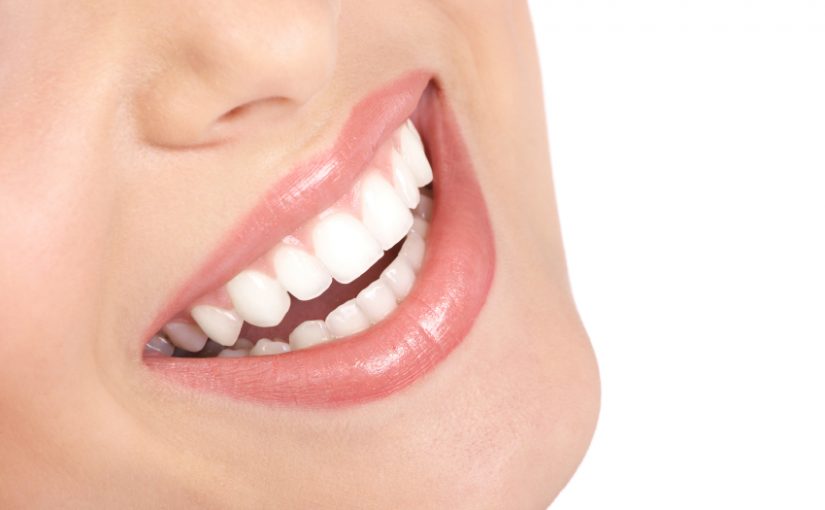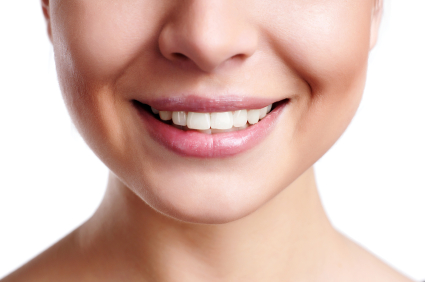Yes. Every individual, including your toddler, elderly parent, and everyone in between, can benefit from dental examinations and professional teeth cleaning. Even if you feel like everything is alright, many dental and gum problems don’t cause any obvious symptoms, like pain or bleeding, until they’re quite advanced. Through routine dental exams, your dentist can detect and treat potential issues before they start to cause any symptoms.
One of the biggest components of modern family dentistry is preventative care. Not only does it keep your smile healthy, but also works to prevent most dental issues from ever arising, or at least stop them in their early stages before they develop into serious, painful, and expensive problems.
How Often Should I Visit the Dentist?
The American Dental Association (ADA) recommends getting a cleaning and exam every six months, which is why most dental plans cover two exams and two cleanings per year. People at high risk, however, may need more frequent cleanings and exams. Risk factors include:
- Diabetes
- Smoking
- Pregnancy
- Cavity-prone
- Gum disease
- Weak immune system
It’s important to visit your dentist for professional cleanings and exams regardless of how much time has passed since your last dental appointment. After your teeth cleaning and examination, the dentist will give you guidelines to follow to maintain optimal oral health until your next dental appointment.
These guidelines may involve:
- Maintaining or adjusting your dental routine
- Changing your flossing or brushing technique
- Changing bad oral habits
In addition, if any problems were found during the exam, your dentist in Oxnard, CA will recommend appropriate treatments and book your appointment at a later date to deliver the treatment. If no problem was found, then you simply need to keep up your good daily dental routine.
Keep in mind that of all types of dental care (preventive, cosmetic, restorative), preventive care is the most comfortable and affordable. So keeping your dental appointments for regular brushing and flossing is a smart investment that will save you a lot more down the road.









